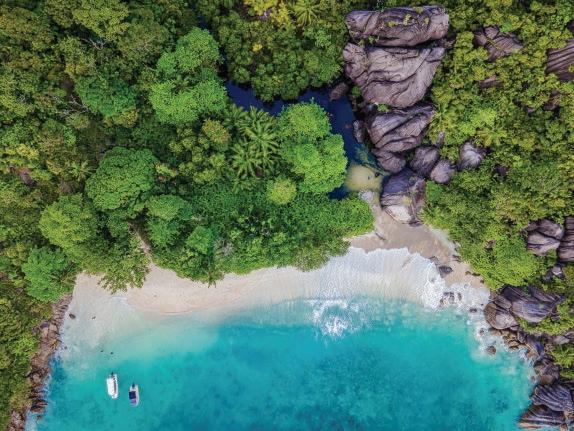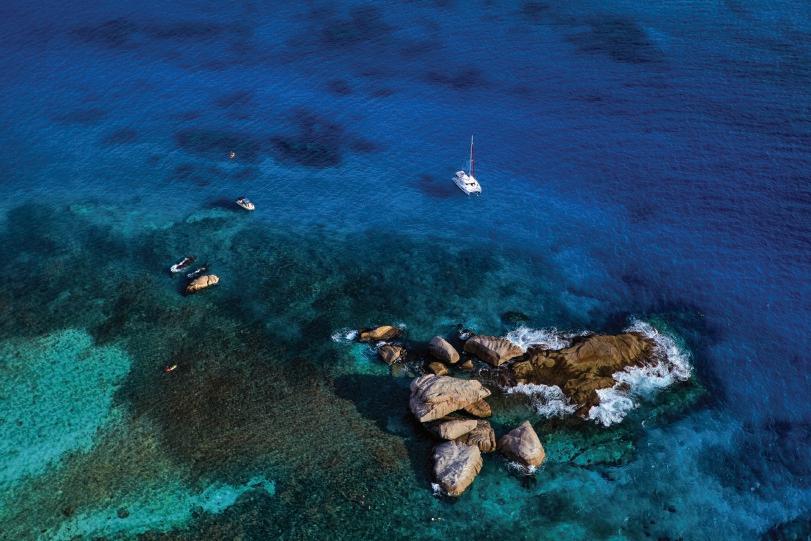
6 minute read
SPOTLIGHT ON THE SEYCHELLES
Dive into this African island nation known for its rich culture and extraordinary environment

Lauren Jade Hill
When you think of the Seychelles, it’s likely to be the picture-perfect stretches of white sand backed by lush vegetation and flanked with giant boulders that first come to mind. Indeed, the archipelago’s 115 islands draw much of their attention for pristine scenery in which a verdant interior is fringed with sandy shores lapped by marine-liferich waters.
This vast archipelago of the western Indian Ocean astounds visitors, both with its dramatic, mostly granitic Inner Islands home to the nation’s main hub Mahé and more far-flung coralline Outer Islands where the abundance of indigenous wildlife is perhaps even more extraordinary ¬– home to hundreds of endemic species and the largest population of giant tortoises in the world, the Outer Islands’ Aldabra archipelago has been a world heritage site since 1982.
African, Asian and European influence is all then a part of the Seychellois culture further setting this archipelago apart and seen through everything from the arts to Seychellois Creole cuisine. As well as trekking through vast areas of wilderness and setting out on exploration both on and under the water’s surface, time here can be spent getting a taste for local life in the lively capital and seeking out culinary and arts highlights dotted across the main islands.
The question on many travellers’ lips is which island to base their stay around. The largest island in the archipelago – home to the majority of the Seychelles’ population, the capital Victoria
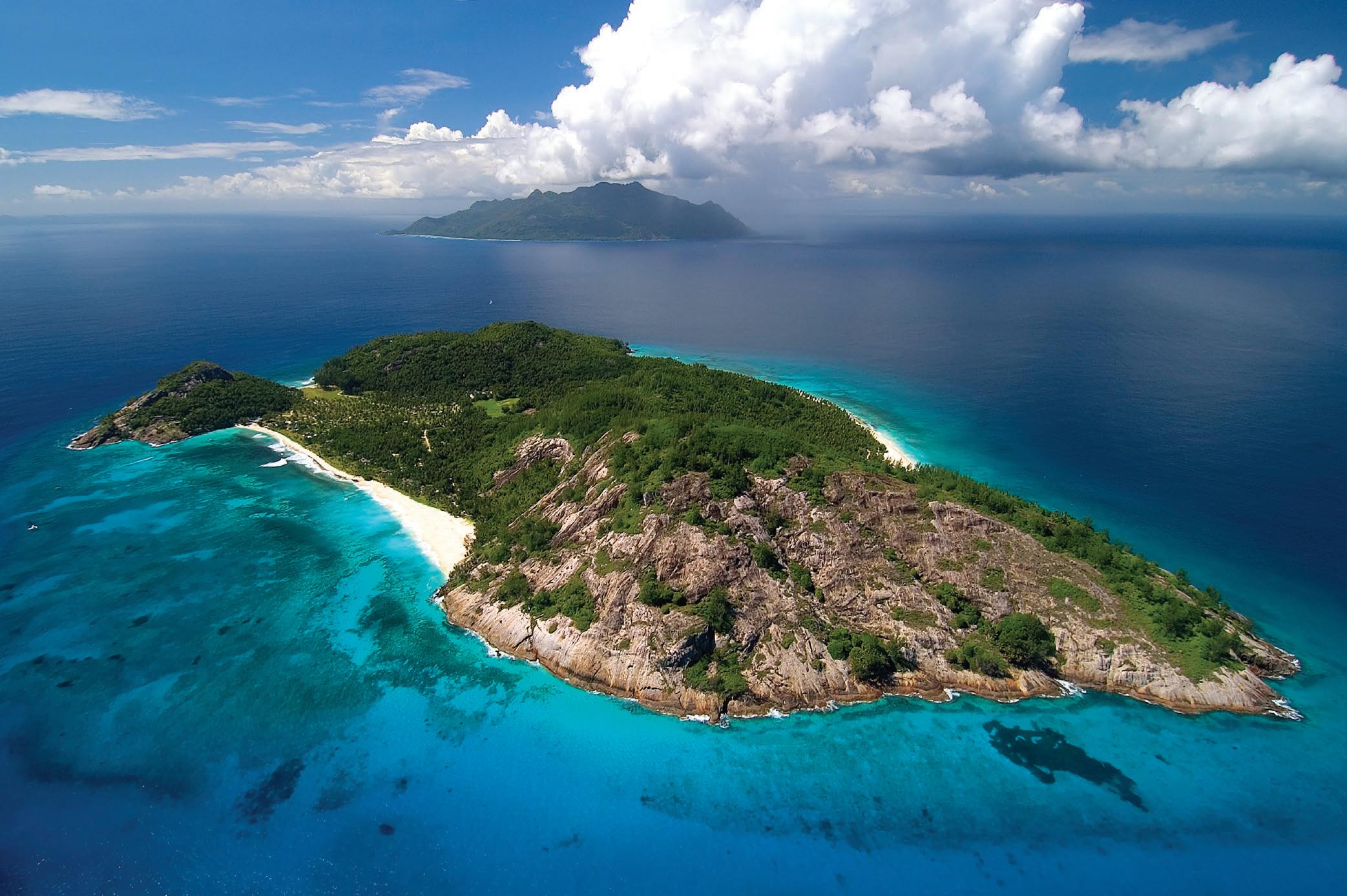
Michel Denousse

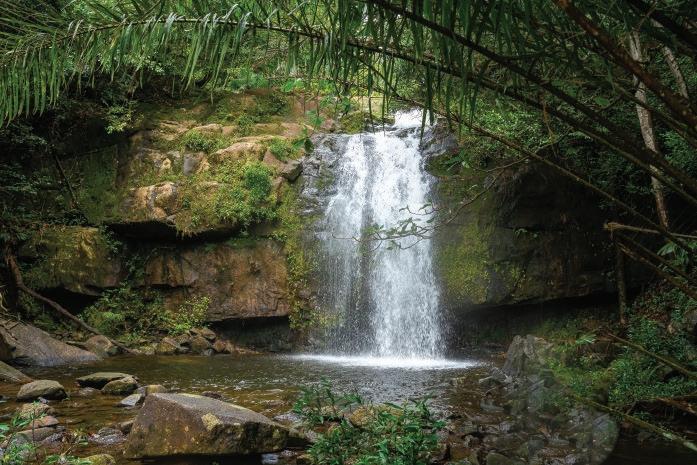

Michel Denousse

Anse du Riz - Paul Turcotte
and Seychelles International Airport – Mahé is naturally where many travellers start their journey. Visitors often spend much of their time here or over on the archipelago’s second-largest island, Praslin, accessed by passenger boat from Mahé or through Praslin Island Airport.
From each of these major but also largely wild islands, boats and helicopters transport you to neighbouring and far flung, both public and private, islands including several with island-hideaways rivalling some of the world’s most luxurious resorts.
Some of the most internationally renowned, with North Island and Fregate Island perhaps the most famous among them, stand out in part for their success in rehabilitating the islands they’re on,
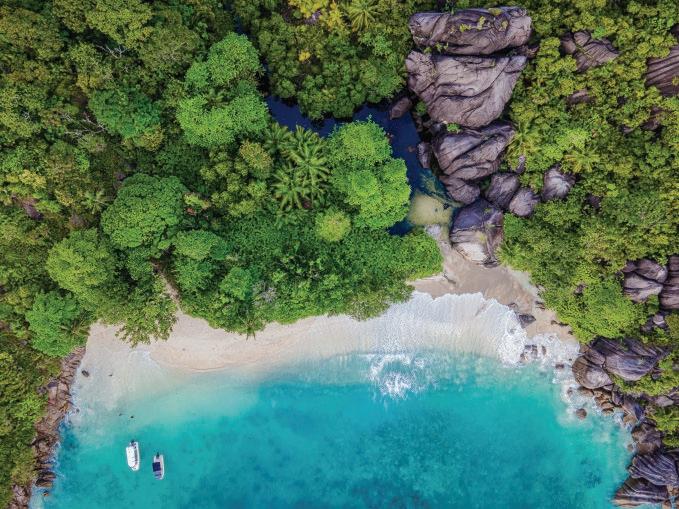

Six Senses Zil Pasyon
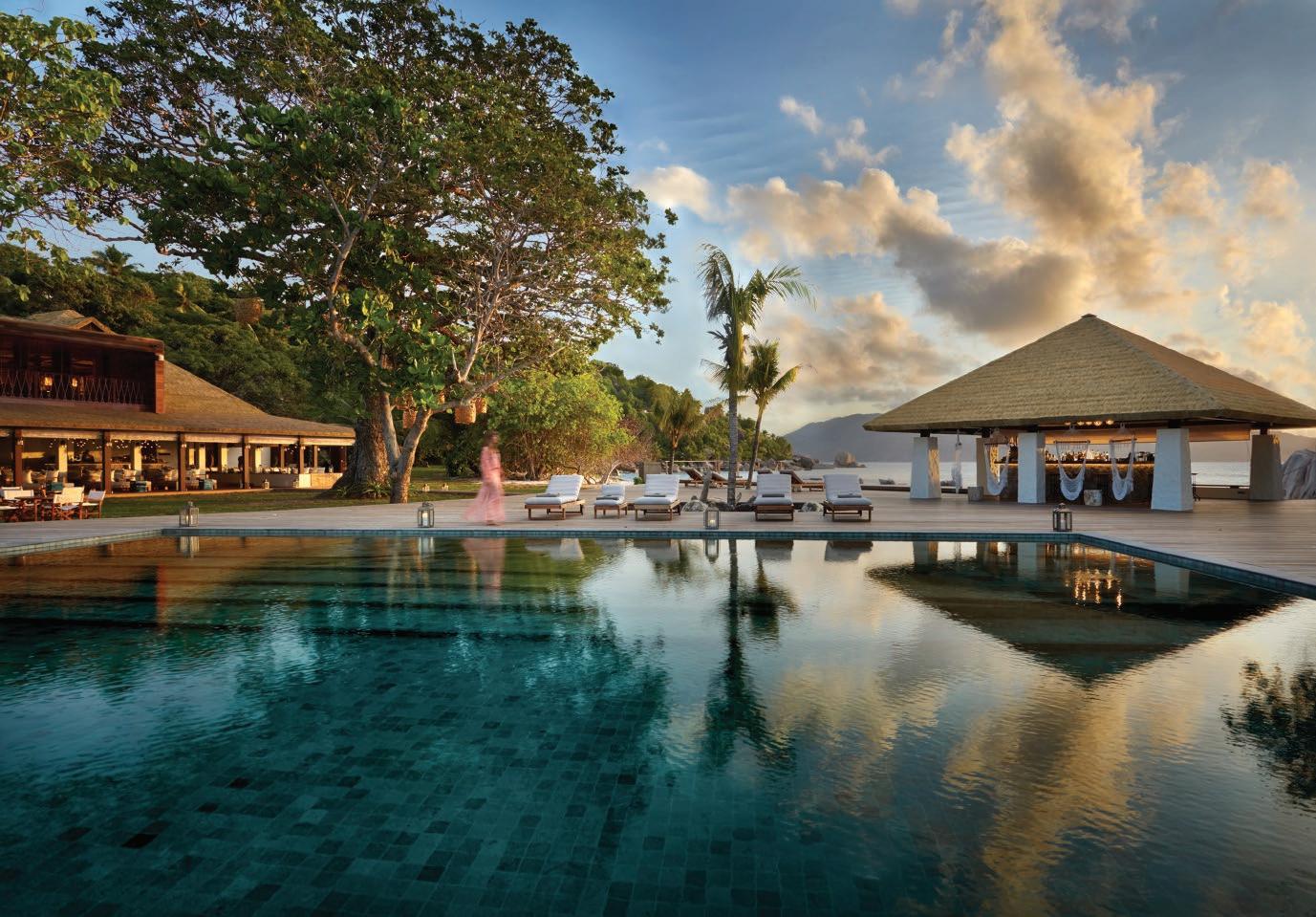
rebuilding the habitat from the plant-life to endemic birds of land that was once stripped of its indigenous natural environment for plantations.
This overall environmentally conscious ethos is a major factor defining the Seychelles and its tourism offering, with the natural environment both on and off land making the experience you have here completely unique to this island nation.
Waking up in one of North Island’s sprawling beachfront villas means stepping out to gardens inhabited with Aldabra giant tortoises and onto soft sandy shores attracting nesting turtles and breakfasting in an oceanfront pavilion overlooked by granite peaks and tropical forest. Snorkelling off the island’s shores brings you face to face with the archipelago’s colourful marine life and, if luck is on your side, sunset cruises afford close-up dolphin encounters.
Fregate Island, currently under renovation and due to reopen in 2024, is built on the same eco-conscious philosophy, with the Fregate Island Foundation leading a range of conservation projects protecting the environment both on and off shore. In 2018, the

Six Senses Zil Pasyon
luxury watch brand Blancpain launched a collaboration with Fregate Island to study, restore and preserve the marine environment around the island.
Another resort that stands out for its conservation efforts, Six Senses Zil Pasyon is the sustainable property behind the island of Félicité’s ambitious forest restoration in which a landscaping team has been working for over a decade on eradicating invasive plant species and reintroducing to this wilderness shrubs and trees that are indigenous or endemic to the Seychelles. Insight is given into this inspiring ecological endeavour on hikes to the top of the island and through the island’s jungle.
More of the Seychelles’ well-preserved environment can be seen by following some of the islands’ most popular forest trails winding through areas of protected wilderness such as Morne Seychellois National Park on Mahé and Valleé de Mai Nature Reserve on Praslin. Seychelles Botanical Garden near Victoria is filled with endemic plant species including the iconic coco de mer palms. The islands’ 18 marine protected areas, making up 30% of the nation’s territorial waters, can then be explored on snorkelling and scuba diving expeditions taking in coral outcrops, wrecks and underwater caves all thriving with marine life.
To get to know the destination more during your time on the islands, it’s worth seeking out cultural sites such as the The National Museum of History found within Victoria’s restored Supreme Court Building, the cathedral and Sri Navasakthi Vinayagar Hindu Temple of the capital, and Liberty Monument celebrating the Seychelles’ independence. A different side to Seychellois culture can be uncovered by stopping by some of the galleries and artist studios, such as Eden Art Space and Michael Adams Art Studio, found across Mahé.
Bringing together local ingredients like coconut, cinnamon, vanilla and fresh tuna, which you’ll also find at Victoria market, with the island’s diverse culinary influence, some of the best food on the island can be found at popular local restaurants such as Marie Antoinette, which serves authentic Creole cuisine in a historic property that was designated a national monument in 2011. Le Jardin du Roi Spice Garden hosts guests in its Creole restaurant commanding impressive views from its position on the hills above Anse Royale. New restaurants and hotels continue to enhance the islands’ hospitality offering. As the Seychelles proves an enduring favourite among luxury travellers in particular, internationally renowned hotel brands continue to establish their presence here. In 2021, Mango House Seychelles, LXR Hotels & Resorts made its debut on southern Mahé’s beachfront, and in 2023 the archipelago is set to welcome a new property, also on Mahé, from the hospitality brand of LVMH, Cheval Blanc – a project that the acclaimed architect Jean-Michel Gathy is working on the design for.
An island nation where exuberant wilderness meets rich culture and an increasingly exciting hotel scene, the Seychelles is justifiably high on many travellers’ wish lists.
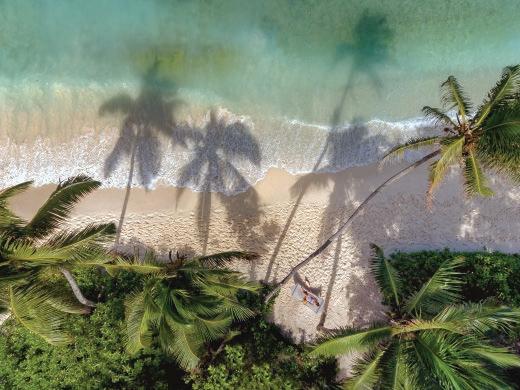
Beach - Grand Anse
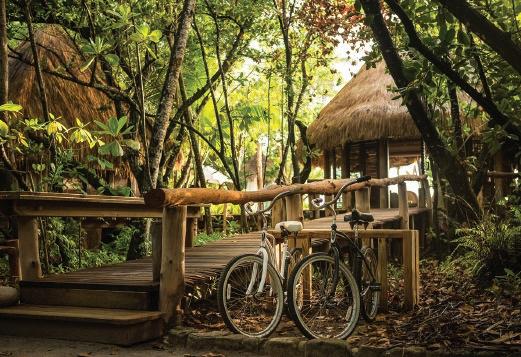
Six Senses Zil Pasyon Anse du Riz - Paul Turcotte
